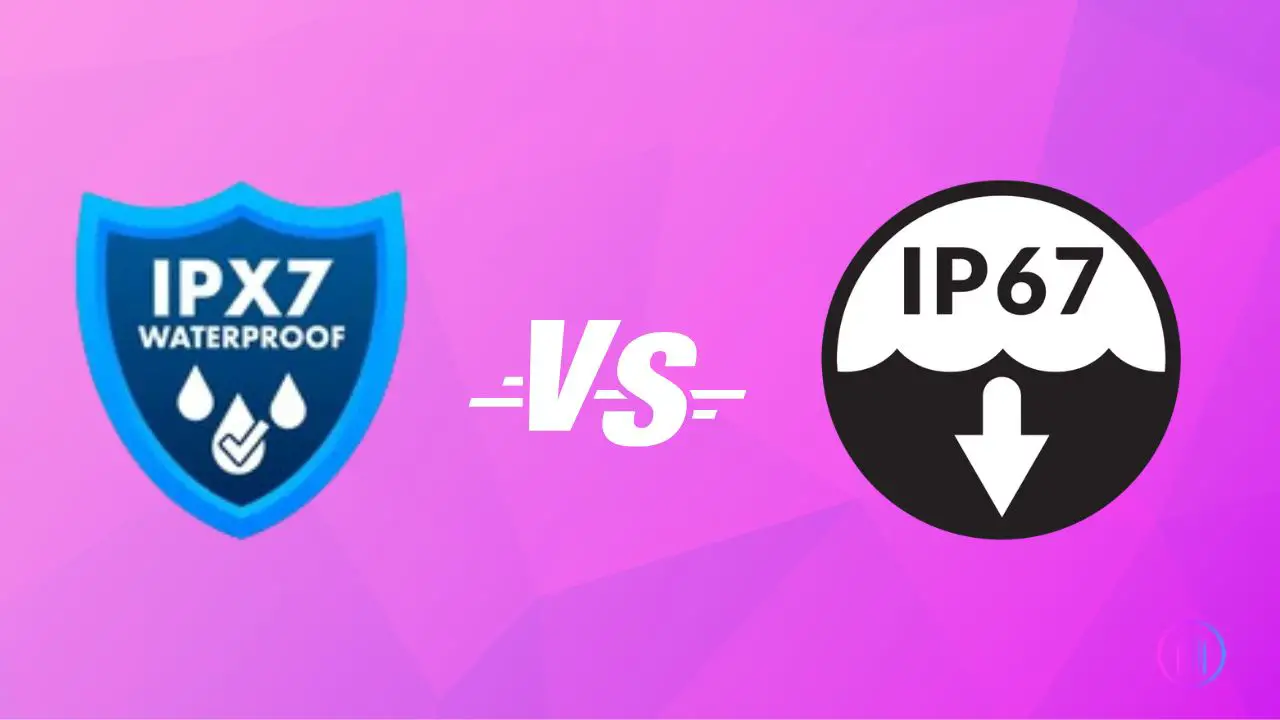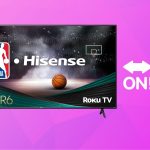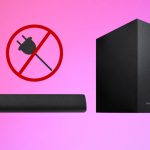Are you puzzled by the IP rating on your new electronic device and wondering what it means? In today’s world, where almost every device comes with some IP rating, understanding what these numbers and letters represent is crucial. They tell us about the durability and usability of our gadgets, especially how well they’re protected against water and dust.In this article, we’re going to clarify the difference between two common IP ratings: IPX7 and IP67. This guide will not only help you understand what each rating means but also assist you in deciding which one is the best fit for your needs.
What exactly is IP Rating?
IP stands for Ingress Protection, indicating how well an electronic device can resist external particles like dust and water. These devices are vulnerable to such elements, so a high IP rating, signifying strong protection, is crucial for their longevity. Imagine your speaker failing at an outdoor party due to rain — disappointing, right? For reliable options, you might consider exploring some of the best budget Bluetooth speakers. Clearly, a low IP rating is less desirable.
Difference Between ip67 and ipx7
Well, before you jump right into comparing the two IP ratings and declare one as the winner, you first decide if you need a device for indoor use or outdoor parties. Your choice of IP rating will depend on your specific needs and preferences, as higher ratings often come at a higher price. A better IP rating typically comes with a higher price.
Let’s have an in-depth look at both the IP ratings under discussion.
IPX7
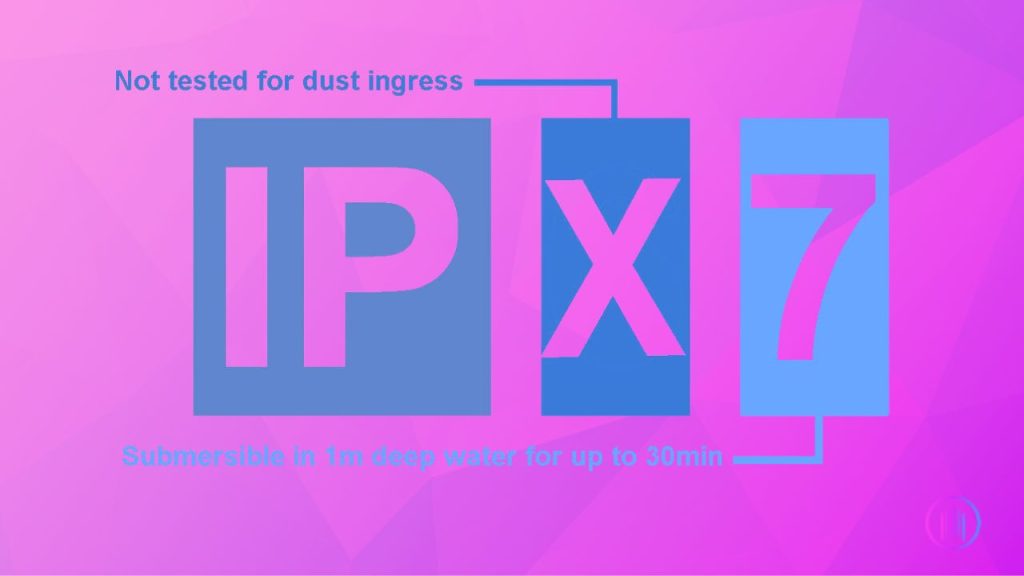
To begin with, it is worth noticing that the name of an IP rating is actually a code that tells you about the resistance of an electronic device. Each figure or alphabet has a specific meaning.
Here in IPX7, as stated earlier, the IP speaks for Ingress Protection, whereas the X indicates that there is no specific rating provided for protection against any solid or dust particles by the manufacturer.
The ‘7’ in IPX7 represents the device’s capacity to resist water submersion. A rating of 7 offers robust protection against moisture, water, and even water submersion to some extent. Furthermore, devices with an IPX7 rating perform well under adverse weather conditions like snow and rain.
If a device with an IPX7 rating gets submerged in water for up to 30 minutes, it will still stay intact and function perfectly well afterward. The depth of submersion can surprisingly go up to 1 meter.
Sounds great, right?
So IPX7 provides substantial resistance against temporary water submersion.
Note that the IPX7 rating does not guarantee protection against dust or other solid particles. Therefore, if you’re willing to rock an outdoor friend’s party, an electronic device with an IPX7 rating won’t do enough for you. You need to look further than this.
However, if you want a speaker or headphones for home use only, an IPX7 rating would do just fine for you.
Some of the popular speakers with IPX7 integration include Anker SoundCore Motion+, JBL Flip 4, JBL Flip 5, JBL Charge Essential, etc.
IP67

Next, we have the robust IP67 rating, which offers advantages over its counterpart, IPX7. Here the 7 certainly remains representative of powerful water resistance. Like its counterpart, the IP67 rating can withstand even adverse weather conditions like rainstorms or snowfall.
With an IP67 rating, your electronic device can hold out against a water submersion of up to 1 meter, and that too for around half an hour.
Okay, now let’s skip to the best part.
Unlike the IPX7, this IP67 rating can do well against the ingress of solid or liquid particles, a quality that is absent in the previous IP ratings. The 6 here represents a fairly robust resistance of the electronic device against dust or solid particles.
This is the second-highest rating for dust resistance currently available.
As of the time of writing this article, IP68 is one of the highest ratings commonly available.
So, next time you plan some cool beach excursion with your family or friends, or maybe you just wanna spend some me time outside, get yourself a gadget with an IP67 rating.
Electronic devices with an IP67 rating have ideal protection against water, dust, moisture, or any other particle up to a considerable extent. They can be your perfect companions for rocking a backyard bash or a hiking trip.
No need to keep your speaker under a cover all the time. The IP67 rating will do it all for you.
Devices with IP67 ratings are usually employed for outdoor security systems for obvious reasons.
Some popular speakers with IP67 ratings are JBL Flip 6, Ultimate Ears Megaboom 3, Ultimate Ears Wonderboom 3, Bose Soundlink Micro Bluetooth Speaker, JBL Charge 5, JBL Xtreme 3, etc.
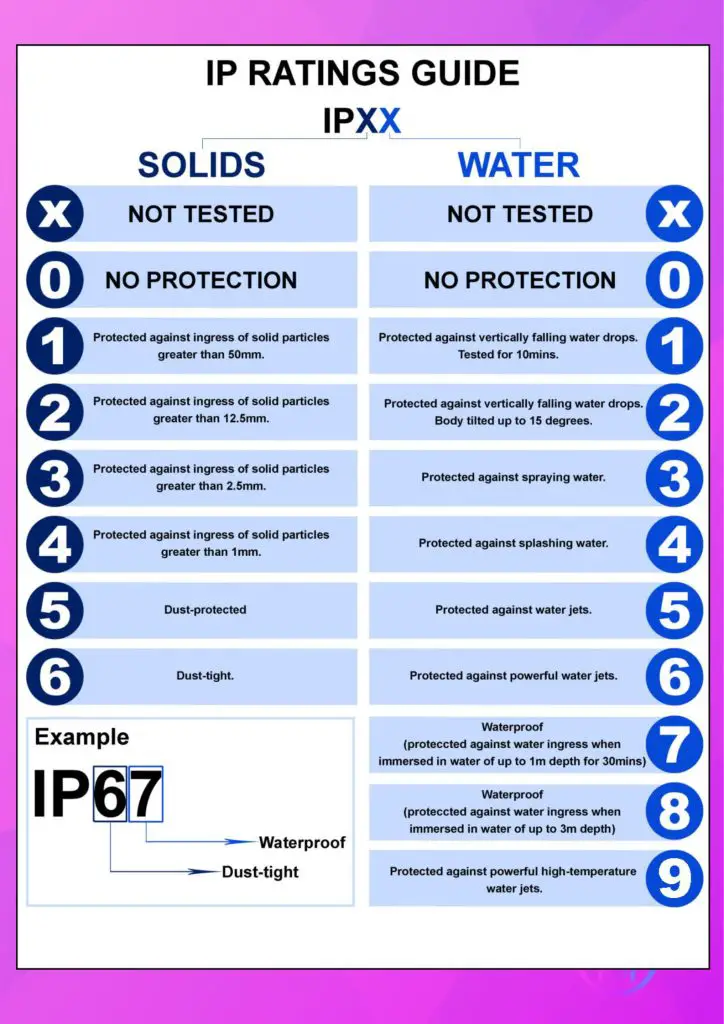
Conclusion
Alright, in a nutshell, it is fair to say that an electronic device with an IPX7 rating is merely waterproof, whereas that with an IP67 rating is waterproof as well as dust-proof.
The latter is definitely superior, but it also comes at a comparatively higher price.
Therefore, it’s important to consider the IP rating when making a tech purchase.
If you primarily need a device for indoor use, In such cases, an IPX7 rating will prove to be your best partner that won’t let you down.
On the contrary, in case you need your device to accompany you on outdoor trips or other excursions, an IP67 rating should be your ultimate choice.
The durability of a tech device is heavily influenced by its IP rating, making it a crucial factor in your purchasing decision. Is this guide helpful? We’d love to hear your thoughts and experiences with IP ratings! Share your insights in the comments below or explore more of our tech guides to stay informed.
FAQs
An ‘X’ in an IP rating, such as IPX6, denotes that the product hasn’t been tested against protection from solid particles, like dust. In this case, IPX6 means the product is protected against heavy seas or powerful jets of water, but it hasn’t been officially tested for dust protection, although it can usually be assumed to have fairly good dust protection if it keeps out water.
The cost of obtaining an IP certification can vary widely. While the testing itself may not be overly expensive, certifying and being able to officially state the IP rating can be costly. This cost can also depend on the type of product, the markets where it is being sold, and the specific requirements and regulations of those markets.
Not necessarily. Higher IP ratings like IP69K are designed for specific conditions, such as high-pressure, high-temperature water jets, making them suitable for certain industrial applications like food-grade tankers. However, IP68 may be sufficient for everyday consumer needs, offering protection against dust and long-term submersion in water.
Yes, a device can lose its IP rating over time due to wear and tear, damage, or if it has been opened for repairs or modifications. For instance, many phones lose their water resistance if their back glass is shattered or if they have been opened for battery or screen replacement, as it typically requires undoing the adhesive that helps maintain water and dust resistance.
The IPx7 rating specifies protection from the effects of immersion in water between 15cm and 1m. This range is standardized to ensure fairness in testing across different manufacturers and to avoid discrepancies in claims about water resistance. However, testing is usually performed at a ‘worst-case scenario’ setup, often at the maximum depth, to ensure the product complies with the upper limit of the standard. It’s generally assumed that if a product can withstand the maximum depth, it will conform to the standard at lower depths as well.
Yes, it’s possible. A high water resistance rating like IPx8 primarily denotes protection against water ingress under specified conditions and does not necessarily guarantee protection against the ingress of solid particles like dust. If a device is marked with an ‘X’ for the dust protection digit, such as IPX8, it means that the device hasn’t been officially tested for dust protection, although it might still offer some level of protection due to its sealed construction.
IP ratings are not universally recognized or mandated. The recognition and requirement of IP ratings can vary depending on the country, the type of product, and the specific regulations that apply to that product in a given market. For example, the United States does not universally recognize IP ratings and products mandated to have ingress protection ratings may need to conform to different types of ratings, like Type ratings.

I’m Shaun Conroy, an audiophile & founder of HiFi Audios. Holding a Bachelor’s in Sound Engineering, I bring deep expertise in audio devices and offer insights & recommendations to fellow enthusiasts.

